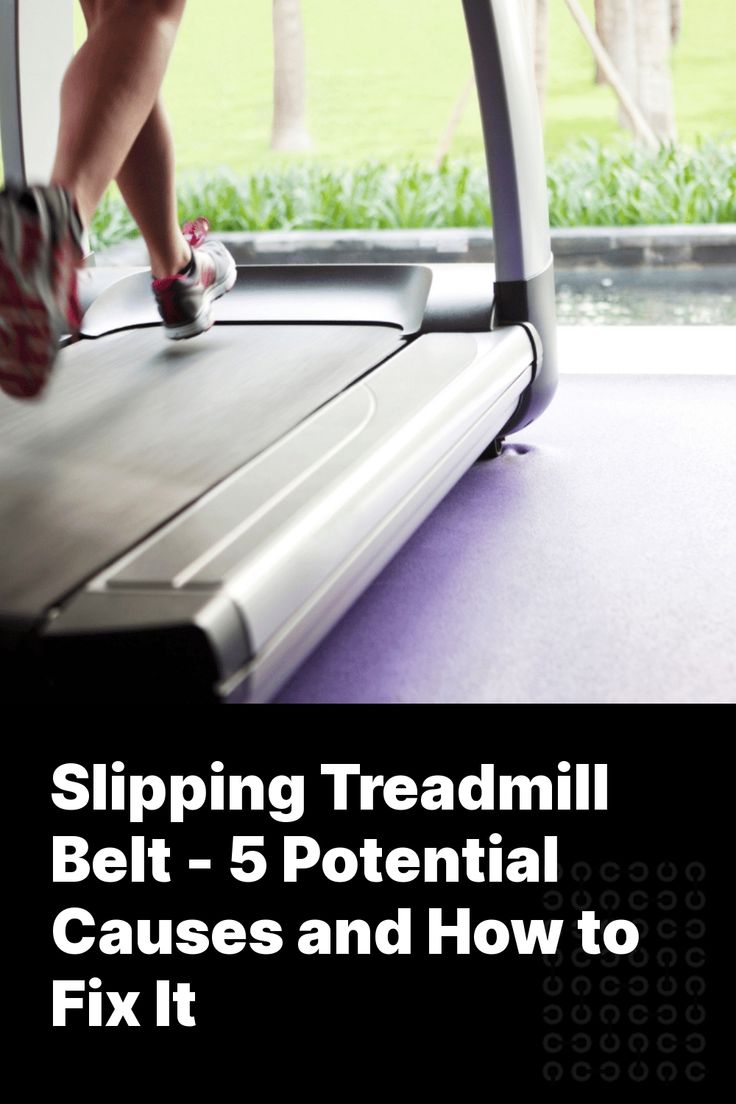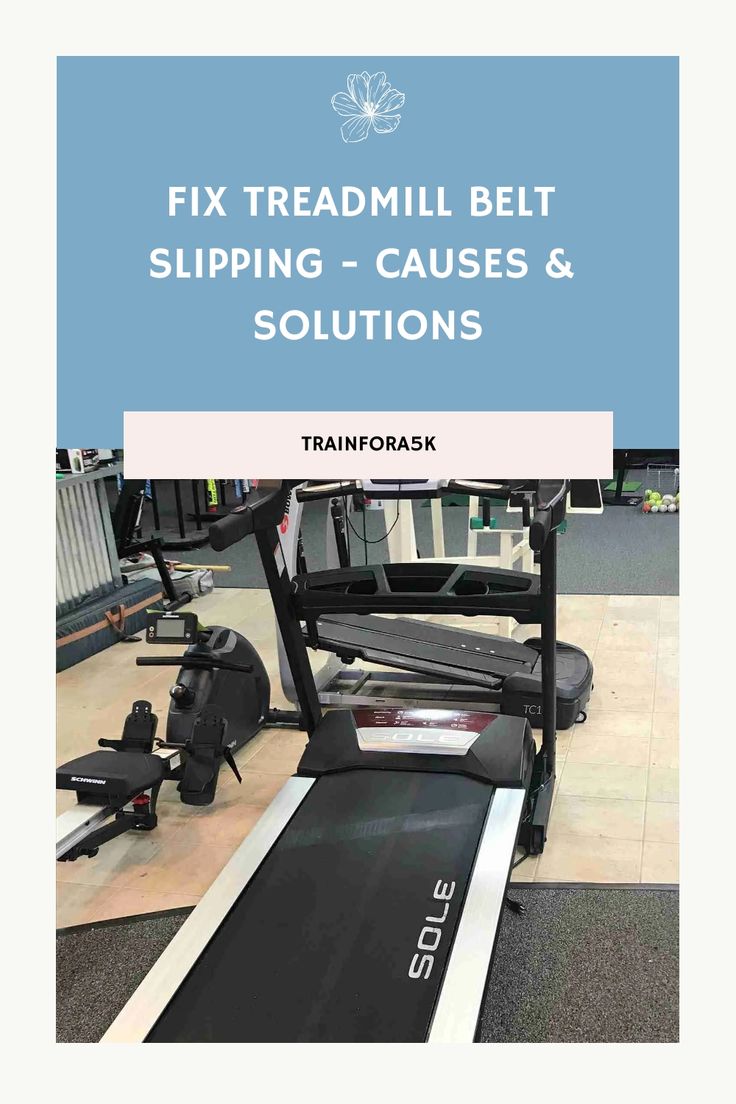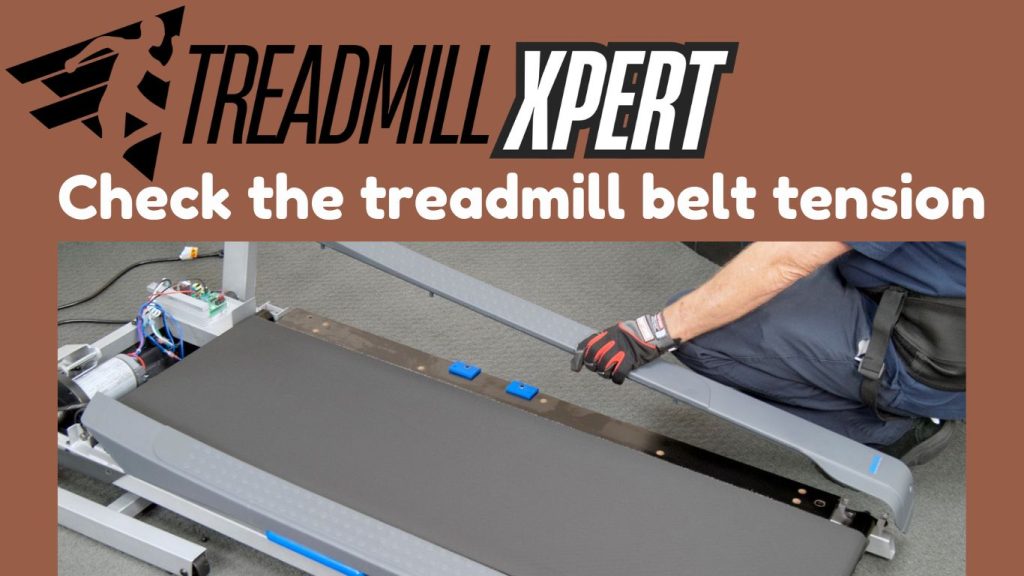How to Check the Belt Tension of the Treadmill
Introduction
If you’re wondering how to check the belt tension of the treadmill, you’re not alone. Whether you’re using a local or brand-name treadmill, the process is essentially the same and doesn’t require specialized tools or expert assistance. Just a bit of time, your hands, and awareness can ensure optimal performance and safety.
Why Belt Tension Matters
The treadmill belt must be neither too loose nor too tight. A belt that is too loose can slip or hesitate during workouts, which poses a risk of injury. On the other hand, an overtightened belt can damage the motor and reduce the lifespan of the treadmill. Proper tension ensures:
-
Smooth and consistent motion
-
Accurate speed readings
-
Reduced wear on motor and rollers
-
User safety during walking or running
Step-by-Step: How to Check the Belt Tension of the Treadmill
Power Off and Unplug
Always unplug the treadmills before starting any maintenance to ensure safety.

1. Visual and Manual Lift Test
-
Lift the Belt: Try to lift the edges of the treadmill belt in the center.
-
Ideal Flex: You should be able to lift the belt about 2-3 inches. If it lifts more than that or folds in half, it’s too loose.
2. Push Test with Body Weight
-
Stand in the Middle: Push down with your body weight.
-
Correct Bounce: The belt should have a little give but should not sag more than 2-3 inches. It should feel like a trampoline with a gentle bounce.
3. Run Test
-
Start Slowly: Power the treadmill and walk at a low speed.
-
Look for Issues: If the belt slips or hesitates when you step on it, the belt is too loose. Rubbing or strain sounds may indicate it’s too tight.
Adjusting the Treadmill Belt Tension
Locate Adjustment Bolts
-
Adjustment bolts are typically located on the rear roller of the treadmill.
Make Small Changes
-
Use an Allen wrench to make 1/4 or 1/2 turn adjustments.
-
Turn clockwise to tighten the belt.
-
Turn counterclockwise to loosen it.
Recheck and Retest
-
After each adjustment, recheck the belt tension.
-
Run the treadmill again and repeat if needed until the belt runs smoothly.
Note on Automated Models
-
Some high-end treadmills have automated belt tensioning systems. These are adjusted electronically via the console. Refer to the owner’s manual or contact support for guidance.
Tips for Maintaining Proper Treadmill Belt Tension
Check Tension Regularly
-
Do this once a month or every 50-100 hours of use.
Adjust When Needed
-
Use small, gradual changes and test frequently to avoid over-tightening.
Clean the Belt
-
Wipe the underside and edges regularly.
-
Avoid using silicone-based cleaners, which can break down the belt material.
Inspect Belt Condition
-
Look for signs of wear: cracks, fraying, or discoloration.
-
Replace damaged belts promptly.
Lubricate Periodically
-
Apply lubricant every 3-4 months or per manufacturer instructions.
-
Lubrication reduces friction and wear on the belt and motor.
Ensure Proper Alignment
-
If the belt is drifting to one side, adjust only one rear roller bolt to realign.
Avoid Over-Tensioning
-
Never crank bolts tightly beyond the specified limits.
-
Too much tension strains the motor and rollers.
Monitor Motor and Deck
-
Uneven decks or worn motor components can affect belt tension.
-
Have them checked during routine maintenance.
Consider Professional Help
-
If you face recurring issues or have a high-end treadmill, annual inspections by a certified technician can prolong the life of your equipment.

Summary
Checking and adjusting the belt tension on your treadmill is a simple yet crucial part of treadmill maintenance. Whether you own a local or well-known brand model, the process typically takes 5-10 minutes. Following the above steps will help:
-
Prevent belt slippage or hesitation
-
Enhance workout safety
-
Extend treadmill lifespan
All you need is a bit of patience and regular care to keep your machine running smoothly.
Related Reads
-
Treadmill Exercise for Knee Patients
-
How to Bypass IFIT on NordicTrack Treadmill
-
How Long to Do Sprints on the Treadmill?
